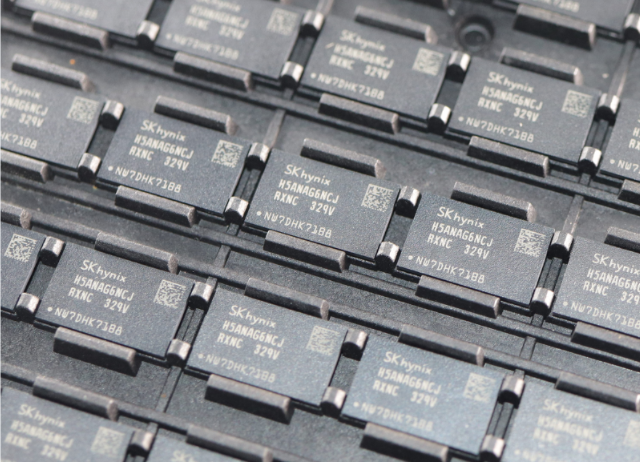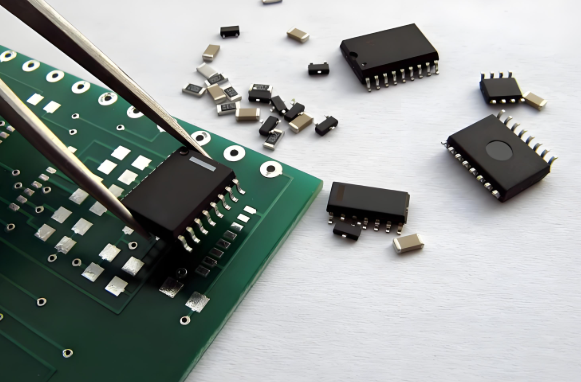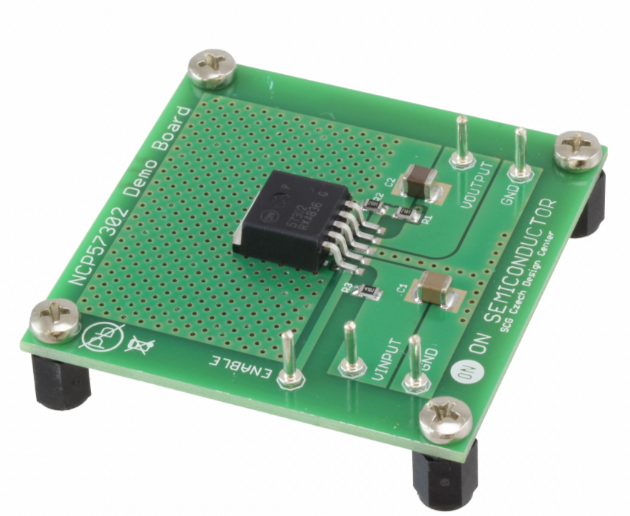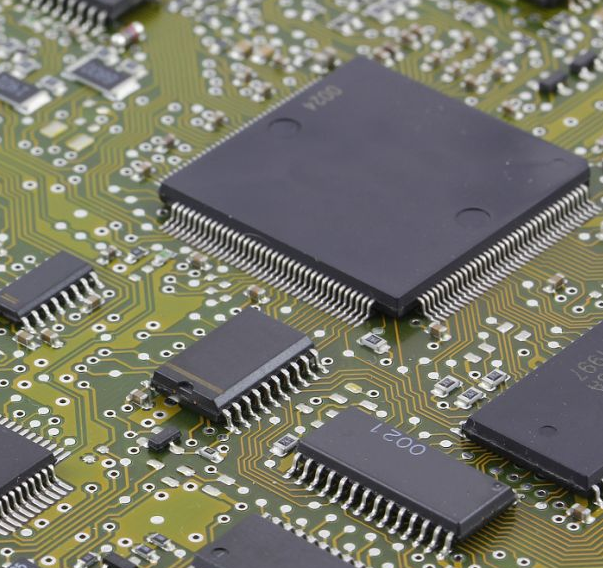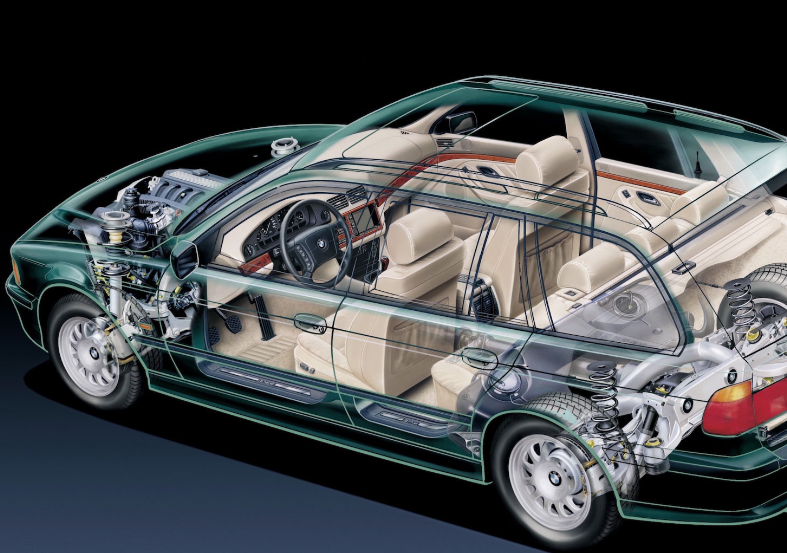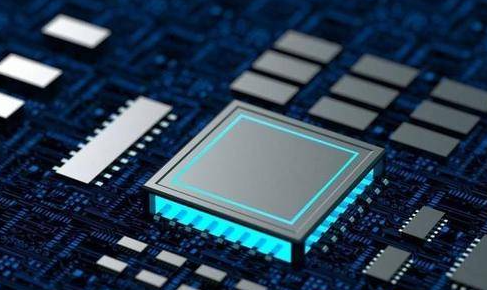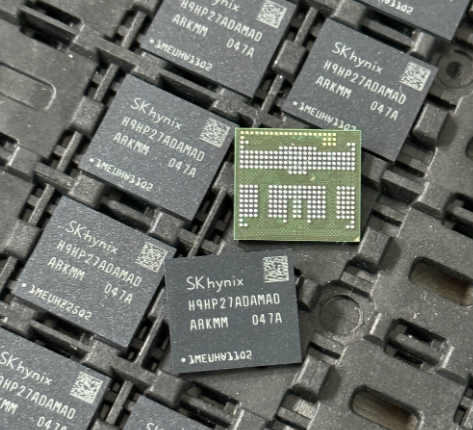Procurement Channels of Electronic Components: A Comprehensive Guide
Introduction
In the intricate world of electronics manufacturing, the seamless flow of components is the lifeblood of innovation and production. From the smartphone in your pocket to the industrial control systems running factories, every electronic device is a mosaic of meticulously sourced parts. The procurement channels of electronic components are the critical arteries through which these parts travel from raw material to finished product. For OEMs (Original Equipment Manufacturers), CMs (Contract Manufacturers), and engineering teams, selecting the right procurement channel is not merely a logistical decision; it is a strategic one with profound implications for cost, quality, reliability, and time-to-market. In an era marked by global supply chain disruptions, geopolitical tensions, and rapid technological obsolescence, understanding the nuances of these channels has never been more critical. This article provides a deep dive into the primary procurement channels available, analyzing their advantages, risks, and ideal use cases to empower businesses to build resilient and efficient supply chains.
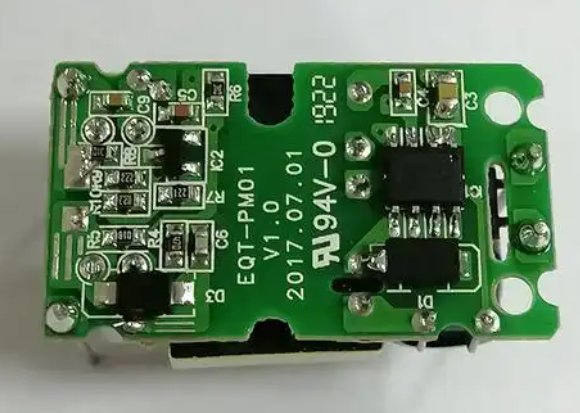
Part 1: The Traditional Pillars - Authorized Distributors and Direct Manufacturer Sales
The most established and reliable procurement channels are built on formal relationships and authorized supply chains. These channels are characterized by traceability, warranty support, and guaranteed authenticity.
Authorized Distributors
Authorized distributors are companies that have entered into formal agreements with component manufacturers (such as Texas Instruments, Intel, or STMicroelectronics) to sell their products. They are an extension of the manufacturer’s sales force and are integral to the global electronics ecosystem.
- Guaranteed Authenticity and Quality: This is the single most significant advantage. Components purchased through authorized channels are guaranteed to be genuine, new, and free from defects. This eliminates the risk of counterfeit parts, which can lead to catastrophic product failures, recalls, and reputational damage.
- Full Technical and Logistical Support: Authorized distributors provide extensive value-added services. These include comprehensive technical support from field application engineers, access to reference designs, and logistical services like kitting (consolidating multiple components for a specific production run) and programming.
- Supply Chain Stability and Forecasting: Distributors maintain significant inventory buffers and have visibility into future manufacturing schedules. They can often provide allocations during periods of shortage and help with long-term supply planning.
- Warranty and Liability Protection: All purchases come with the full manufacturer’s warranty. In the event of a failure, there is a clear chain of responsibility.
However, this channel also has limitations. Pricing may be less flexible compared to the open market, especially for low-volume purchases. During severe shortages, even authorized distributors may have limited stock, leading to long lead times.
Direct Manufacturer Sales
For very large OEMs with massive annual purchasing volumes, buying directly from the component manufacturer is a viable option. This channel involves negotiating contracts directly with the supplier’s sales team.
- Cost Negotiation Leverage: High-volume buyers can negotiate preferential pricing that is often unavailable through distributors.
- Strategic Partnership: Direct relationships foster deeper collaboration, potentially leading to access to beta products, custom component designs, and co-development opportunities.
- Priority Access: In times of constraint, major direct customers often receive priority allocation over smaller customers served through distributors.
The primary barrier to this channel is the high minimum order quantity (MOQ) required to make it economically viable for the manufacturer. It also requires a sophisticated internal procurement team to manage the relationship.
Part 2: Navigating the Open Market - Independent Distributors and Brokers
When components are obsolete, allocated, or required urgently in small quantities, companies often turn to the “open market.” This channel consists of independent distributors and brokers who are not authorized by the original component manufacturer.
Independent Distributors
Independent distributors operate without franchised agreements. They source components from a vast network of other distributors, excess inventory from OEMs, and the global market.
- Access to Obsolete and Hard-to-Find Parts: This is their core strength. When a component reaches its end-of-life (EOL), authorized channels stop stocking it. Independents specialize in sourcing these obsolete parts, extending the life of legacy systems.
- Urgent Shortage Fulfillment: During supply chain crises, independents can often locate scarce components much faster than traditional channels, albeit at a premium price.
- Flexibility and Speed: They typically have lower MOQs and can react very quickly to urgent requests.
The major caveat is the significant risk of counterfeit components. Since the parts are not sourced directly from the manufacturer, their origin and authenticity are not guaranteed. Therefore, rigorous vetting is paramount. Reputable independent distributors mitigate this risk through robust inspection processes. This is where a platform like ICGOODFIND proves invaluable. It connects buyers with a vetted network of reliable suppliers in the open market, adding a layer of trust and verification to what can otherwise be a risky endeavor. By leveraging such platforms, procurement managers can tap into the flexibility of the open market while significantly reducing the associated risks.
Component Brokers
Brokers act as intermediaries who connect buyers with sellers but typically do not take physical possession of the components. They operate on a transaction-by-transaction basis.
- Extensive Global Network: Brokers often have deep connections in specific geographic regions or for particular component types.
- Sourcing Niche Components: They can be effective for finding extremely rare or specialized parts.
The risks with brokers are even higher than with independent distributors. Liability is often unclear, quality assurance is minimal, and the potential for fraud is substantial. Engaging with brokers requires extreme caution and should only be done with extensive due diligence.
Part 3: The Digital Transformation - Online Component Search Engines and E-commerce Platforms
The digital age has revolutionized component procurement with the advent of online platforms that aggregate data from hundreds of suppliers worldwide. These platforms have become indispensable tools for modern procurement teams.
Online Component Search Engines
These are not sellers but powerful meta-search tools. They crawl the inventories of thousands of authorized and independent distributors, presenting results in a unified interface.
- Unparalleled Market Visibility: Platforms like ICGOODFIND provide instant access to global stock levels, pricing trends, and lead time data across a vast supplier network. This allows for real-time market intelligence and informed decision-making.
- Efficiency and Time Savings: Instead of manually checking dozens of distributor websites, procurement professionals can find potential sources for a component in seconds.
- Data-Driven Sourcing Strategies: The ability to compare prices and availability across suppliers empowers buyers to optimize their purchasing strategy for cost and speed.
The key value of a specialized search engine like ICGOODFIND lies in its ability to filter and qualify results. It helps distinguish between authorized and independent suppliers, provides historical pricing data to avoid overpaying, and offers supply chain risk assessments.
E-commerce Marketplaces
Some platforms have evolved beyond search engines into full-fledged e-commerce marketplaces where transactions can be completed directly on the platform.
- Streamlined Purchasing Process: They offer a unified shopping cart experience even when buying from multiple suppliers, simplifying logistics and payment.
- Supplier Ratings and Reviews: These platforms often feature feedback systems similar to consumer e-commerce sites, providing transparency about supplier reliability.
- Escrow Services and Buyer Protection: Many marketplaces offer payment escrow services that protect the buyer until the components are received and verified.
The digital channel is most effective when used in conjunction with traditional channels. It serves as an excellent tool for initial sourcing research, shortage management, and spot buys, complementing strategic long-term relationships with authorized distributors.
Conclusion
Navigating the complex landscape of electronic component procurement requires a multifaceted strategy. There is no single “best” channel; rather, the most effective approach involves a balanced portfolio tailored to specific needs. Authorized distributors remain the bedrock for volume production, offering unmatched reliability, support, and risk mitigation. The open market, including independent distributors, is an essential resource for managing shortages and sourcing obsolete parts, though it demands rigorous quality controls—a process greatly aided by trusted platforms. Finally, digital procurement platforms like ICGOODFIND have become indispensable for providing the agility, visibility, and data-driven insights needed to thrive in today’s volatile market.
A resilient supply chain is not built on a single source but on the intelligent orchestration of multiple channels. By understanding the strengths and weaknesses of each option—and leveraging modern tools to manage the associated risks—companies can ensure a steady flow of genuine components, mitigate disruptions, and maintain a competitive edge in the fast-paced electronics industry.














